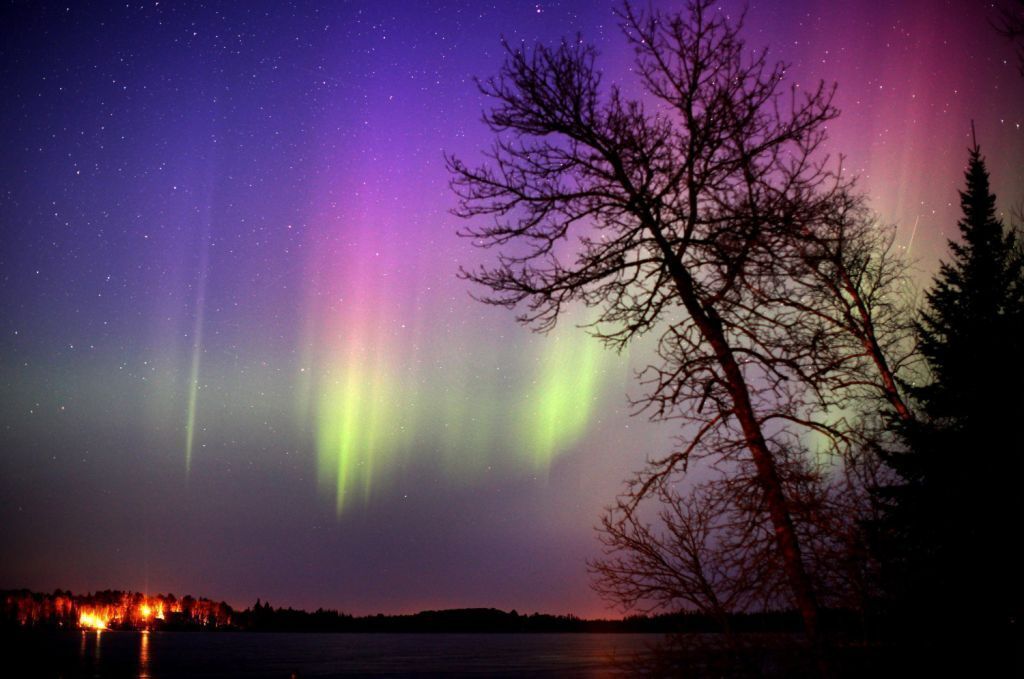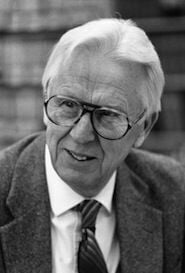Ask the Weather Guys: Can weather satellites see holiday lights?

BRIAN PETERSON, MINNEAPOLIS STAR TRIBUNE
The Northern Lights paint the sky over Cotton, Minn., in 2012. The Northern Lights are detected almost every evening by low-light sensors of the Visible Infrared Imaging Radiometer Suite.
Q: Can weather satellites see holiday lights?
A: Certain instruments on weather satellites can see the increased illumination of cities and towns during Christmas and Ramadan.
A joint NASA/National Oceanic and Atmospheric Administration (NOAA) mission known as Suomi NPP (named after Verner Suomi, a professor at the University of Wisconsin-Madison who is known as the father of satellite meteorology) carries an instrument called the Visible Infrared Imaging Radiometer Suite (VIIRS).
The VIIRS includes low-light sensors known as the “day-night band (DNB),” which detect light in a range of wavelengths from green to near-infrared. Scientists use the DNB to observe comparatively dim signals such as auroras, wildfires and reflected moonlight. Clouds can be detected at night due to the moonlight they reflect out to space. Wildfires can be detected often before other methods discover the fires. The DNB also can monitor the movement and size of the wildfires.
The Northern Lights are detected almost every evening by the DNB. The DNB also can see light from lightning and light emitted by cities and towns.
The DNB cannot see light from individual homes but can measure the net effect across a city or town. Scientists have used computer algorithms to track when and how brightly cities light up the night sky. Scientists have measured the intensity of light from towns and cities prior to Thanksgiving, and then compared it to a composite of the measured light a week or two before Christmas.
In that time period, light intensity increased by 30% to 50% in the suburbs and outskirts of major cities. In central urban areas, lights brightened by 20% to 30%. In some Middle Eastern cities during Ramadan, the nighttime lights were more than 50% brighter than the rest of the year.

